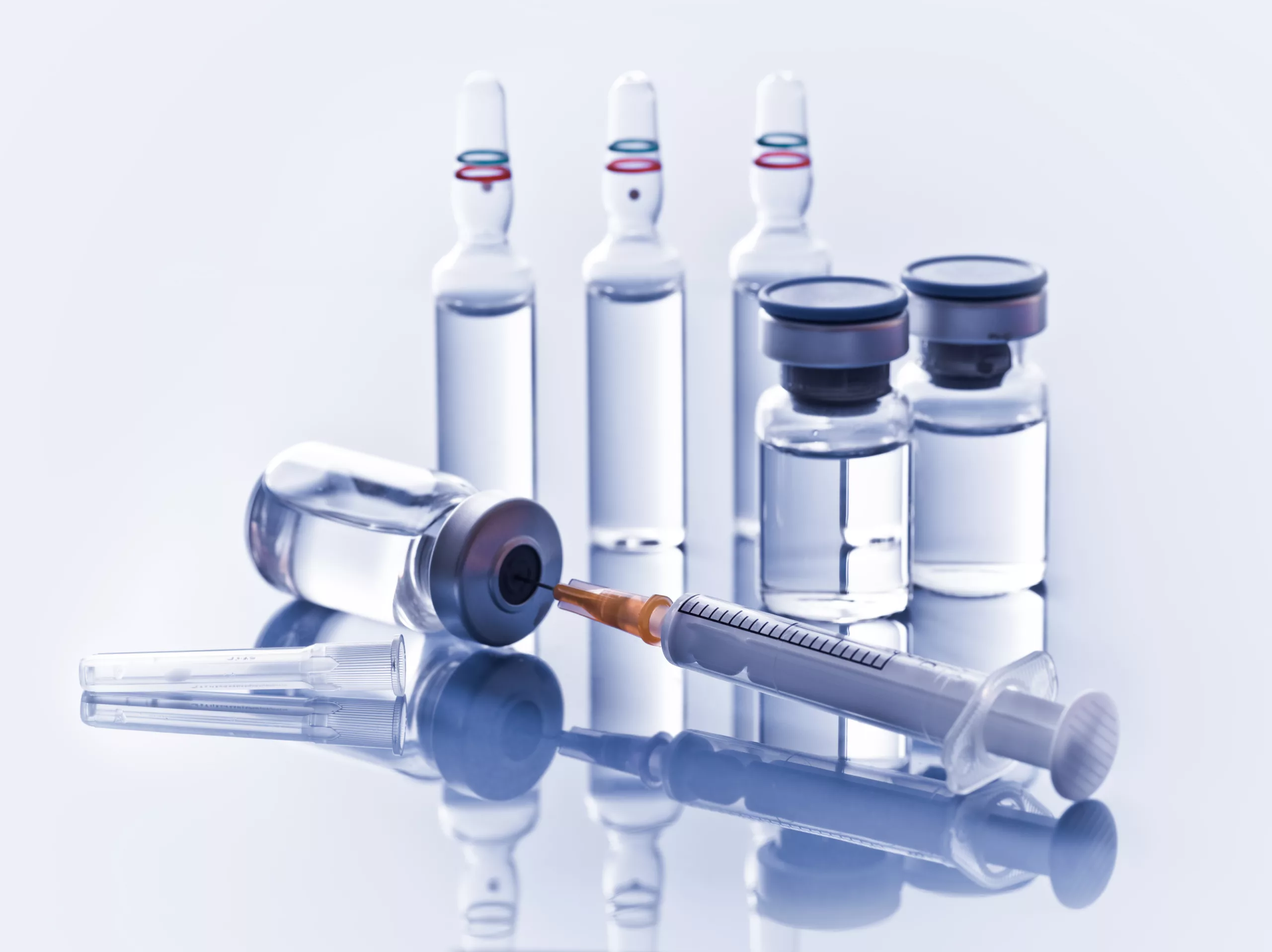Drug development is an extremely complicated process, both from a technological perspective and a regulatory one. Unlike for medical devices, there really are only a couple drug premarket submissions that manufacturers can pursue (unless you make an OTC). This blog will give a brief overview of the highly complex process of drug development and FDA’s role.
From a regulatory perspective, drug development begins with the fundamental question of “Is your drug product novel, a reformulation of an existing product, or clinically similar to an existing product?” This question is critical because it sets the wheels in motion for the process you will follow all the way through the premarket stage.
A New Drug Application (NDA) is the most common and is also known as a 505(b)(1) colloquially within the industry. This is the pathway you will follow if your drug has previously unapproved active ingredients. These are the types of submissions people normally think of when it comes to bringing a pharmaceutical to market. If you are pursuing the 505(b)(1) pathway, that means going through clinical trials, Investigational New Drug (IND) applications, and likely years of work due to the extensive research and burden of evidence the FDA expects to prove safety and effectiveness.
An Abbreviated New Drug Application (ANDA) is the pathway you will take if you are reformulating an existing product, this is also known as a 505(b)(2). This pathway can almost be compared to a 510k for medical devices, where you rely on investigations and safety reports previously conducted by you or another sponsor to prove the safety and effectiveness of your own product. This pathway reduces the burden on industry to duplicate expensive and time intensive clinical trials, getting drugs to patients who need them faster.
While the 505(b)(2) pathway is “faster”, it’s important to not underestimate the amount of work required. Even though you don’t have to necessarily conduct your own trials, the FDA still expects robust research and a solid risk/benefit analysis to approve drugs following this pathway. This translates to years of extensive bench testing, animal testing, and significant scientific and technical expertise to make the clear argument that a product should be approved. Without your own trials to lean on, the burden is on you to draw the relationship between your product and the previously approved one and assure the FDA that there are no additional risks.
Even though drug development can feel daunting, it doesn’t have to be with the right team behind you. The experts at EMMA International have helped firms bring their drug product to market through both 505(b)(1) and 505(b)(2) pathways and can help yours too! Call us at 248-987-4497 or email info@emmainternational.com to learn more.





